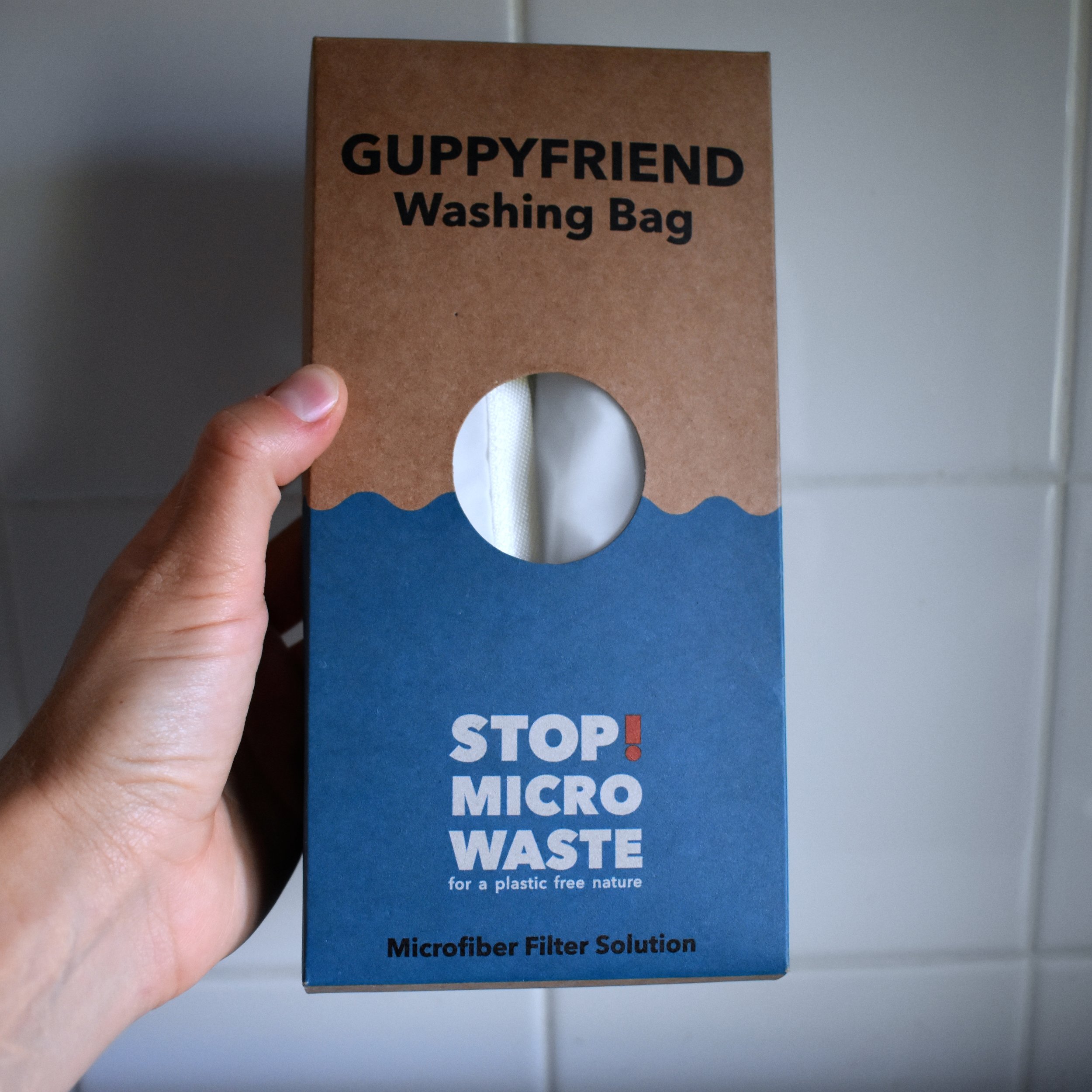the problem
Plastic pollution is globally pervasive, and is poisoning some of our most precious ecosystems. While plastic bottles, bags, and other forms of single use plastic play a huge role in plastic pollution, your clothes can also be a part of the problem. Synthetic textiles, like acrylic, nylon, & polyester, shed millions of plastic fibers while in the wash. They make their way from the washing machine into waste water, rivers, and oceans. These fibers are incredibly small, and sometimes aren't even visible, and due to their size sewerage treatment plants are not designed to effectively filter them.
Once in our oceans, these fibers are consumed by organisms low on the food chain. A 2015 study found plastic fibers in fish and shellfish being sold for human consumption. And another study found that microfibers could be responsible for 85% of shoreline pollution worldwide.
So what can you do?
What to do
There are several ways to reduce your microfiber waste. The best thing you can do is purchase clothes made from natural materials like cotton, wool, hemp, and linen; wash your clothes less often, and use cooler water in the wash.
But even us all-natural folks own synthetic fibers. Much of my specialized outdoor gear is made out of synthetic materials, like my ski gear, running clothes, and leggings. While you want to reduce the amount you wash these, you eventually need to do so.
So seeing this problem, a group of surfers and nature lovers came together to try and forge a solution, and the idea of a washing bag was conceived amongst friends, over a couple of beers.
The GUPPFRIEND washing bag prevents microfibers originating from washing machines from entering into rivers and oceans. It's the only one of its kind on the market today. They also claim that the soft surface of the bag (and it is indeed very soft) actually results in less fiber loss, and could potentially extend a garments lifetime.
I use two GUPPYBAGS to wash all of my synthetic athletic clothes in one load.
How to Use
- Separate your colors / fabrics for the wash as normal.
- Place your synthetic textiles into the GUPPYFRIEND (max half full)
- Close the GUPPYFRIEND and wash as usual
- Take out wet textiles after washing
- Remove the released microfibers from hems inside of GUPPYFRIEND and dispose properly
Note: For synthetic clothes that need to be hand washed, hand wash without the bag, but use bag to filter wastewater
Care
- Preferably, use liquid detergents
- Remove coarse dirt and animal hair before washing
How Not to Use
- Do not place your GUPPYFRIEND in the dryer
- Do not rinse under running water (this defeats the purpose)
- Do not iron (the crumpled surface is not a problem)
- Do not dry in the sun
Soooo... this bag is made out of plastic....
Yes, it is. GUPPYFRIEND Washing Bags are made out of 100% nylon, which can ultimately be recycled. You can either recycle it with groups of identical materials (PA 6.6) if programs are available near you, or you can return it to the makers and they will make new GUPPYFRIENDs from it.
Return address:
STOP! MICRO WASTE
Ackerstraße 113
40233 Düsseldorf
Germany
This is just a start
Even the creators of the GUPPYFRIEND understand that this is only a first step towards a handling our microfiber pollution. Real, long term solutions like reducing our overconsumption, creating new materials, new manufacturing techniques, clean washing machines, and more effective sewage treatment plants need to be prioritized.
Unfortunately, these long term solutions will most likely not happen overnight. Until then, GUPPYFRIEND has provided us with a practical and effective way to reduce your input of plastic pollution into our rivers and oceans.
I want one!
That was my reaction when I first heard about them!
You can purchase them directly for 29,75 € here.
Or you can buy them through Patagonia for $20 (who sells them at cost) here.
I purchased mine at our local Denver Patagonia store, and though they are a little pricy, I'd say it's well worth it for the environmental benefit.
Some of my microfiber waste (and some dog hair...)
References
1. Hartline, N. L., Bruce, N. J., Karba, S. N., Ruff, E. O., Sonar, S. U., & Holden, P. A. (2016). Microfiber masses recovered from conventional machine washing of new or aged garments. Environmental science & technology, 50(21), 11532-11538.
2. Pirc, U., Vidmar, M., Mozer, A., & Kržan, A. (2016). Emissions of microplastic fibers from microfiber fleece during domestic washing. Environmental Science and Pollution Research, 23(21), 22206-22211.
3. Rochman, C. M., Tahir, A., Williams, S. L., Baxa, D. V., Lam, R., Miller, J. T., ... & Teh, S. J. (2015). Anthropogenic debris in seafood: Plastic debris and fibers from textiles in fish and bivalves sold for human consumption. Scientific reports, 5.
4. Browne, M. A., Crump, P., Niven, S. J., Teuten, E., Tonkin, A., Galloway, T., & Thompson, R. (2011). Accumulation of microplastic on shorelines woldwide: sources and sinks. Environmental science & technology, 45(21), 9175-9179.



